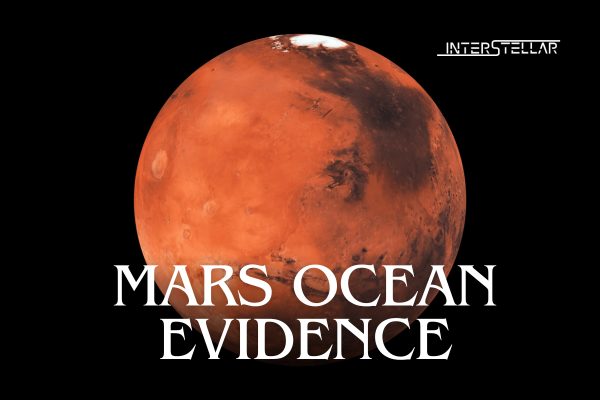New Evidence Suggests Ancient Ocean Once Covered Mars
China’s Zhurong rover has helped scientists uncover new evidence of a vast ancient ocean on Mars. Billions of years ago, this now barren and dry planet may have had a landscape rich with water, according to recent findings from the rover’s exploration.
Discovering Signs of a Martian Coastline
The Zhurong rover, part of China’s Tianwen-1 mission, landed in Mars’ northern lowlands in 2021. Data collected by Zhurong, alongside NASA’s Mars Reconnaissance Orbiter, reveal geological features that resemble a coastline. Zhurong has been studying rocks in Utopia Planitia, a large plain in the northern hemisphere, finding features such as troughs, sediment channels, and mud volcanoes, all indicative of a shoreline. This evidence hints at both shallow and deep marine conditions that might have existed in the region.
The Disappearance of Mars’ Ocean
Researchers estimate that Mars’ northern ocean existed approximately 3.68 billion years ago. “The ocean surface was likely frozen in a geologically short period,” explains planetary scientist Bo Wu from Hong Kong Polytechnic University, who led the study published in Scientific Reports. This ancient ocean may have started to vanish by about 3.42 billion years ago, as Mars transitioned to a colder and drier environment, losing much of its atmosphere.
The sedimentary layers observed suggest that the water was heavily silted, contributing to the layered deposits seen on the planet’s surface, according to Sergey Krasilnikov, a co-author of the study.
Implications for Life on Mars
The presence of an ancient Martian ocean fuels theories about the possibility of past microbial life on the planet. Like Earth, Mars formed around 4.5 billion years ago and initially may have had a thick, warm atmosphere conducive to life. This ocean’s presence adds weight to the idea that Mars may have been a more hospitable world during its early history.
Ongoing Investigations Into Mars’ Lost Water
While Mars is now an arid landscape, scientists continue to investigate the fate of its ancient water reserves. Another study from August, based on seismic data from NASA’s InSight lander, suggests that a vast reservoir of liquid water might exist deep beneath Mars’ surface. The water may be trapped within fractured igneous rocks, hinting that Mars’ watery past could still linger beneath its dusty exterior.
China’s solar-powered Zhurong rover, which began its mission in May 2021, has since entered hibernation, likely due to a buildup of sand and dust on its panels. Despite this, its findings continue to inspire new avenues of Martian exploration, shedding light on the planet’s distant, watery past.





